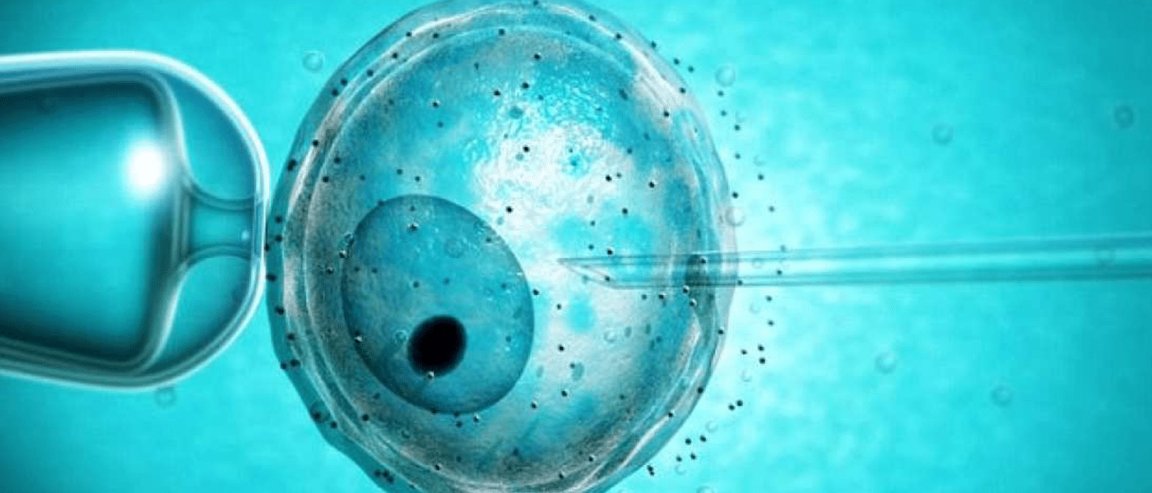
Mitochondrial Replacement
Earlier this year, a Mexican clinic succeeded in delivering the first child conceived through a controversial process called mitochondrial replacement. Ahead of publishing test results that reportedly indicate the baby is perfectly healthy, the clinic’s medical director Alejandro Chavez-Badiola has told New Scientist that he plans to use the technique in 20 more pregnancies within the first half of 2017.
The technique seeks to avoid mitochondrial mutations present in a mother’s DNA that contribute to developmental problems. The mother of the child born from the procedure last year had a rare neurometabolic disorder called Leigh’s disease, which affects the central nervous system. Children with that disease usually have a life expectancy of two to three years, and the mother had already lost two children to it before undergoing the mitochondrial replacement treatment.
According to New Scientist, since the success of that baby’s birth was first reported, a number of would-be parents have contacted the team in the hopes that they could also undergo the procedure. “There’s so many desperate families looking for help,” says Taosheng Huang of Cincinnati Children’s Hospital Medical Center, who does genetic analysis for the team.

Effectiveness Not Clear
The team cannot yet unequivocally state that mitochondrial replacement will be as effective in all cases. Since some of the mother’s mitochondria are still present after the procedure, labs tests suggest a 1 in 20 chance that a child could still end up with high enough levels of the mother’s mitochondria to cause disease. While various tests of the child born from the procedure earlier this year reported levels of between only 3 and 9 percent mutated mitochondria, there is no way to ensure those kind of levels in all instances without more test cases.
The three-parent method is being used elsewhere in the world, and not always just to avoid disease. For example, as of October, two Ukrainian women were more than 20 weeks pregnant with children conceived using DNA from three individuals to circumvent fertility issues. While some doctors believe IVF treatments are advanced enough that the three-parent method shouldn’t be necessary as a fertility treatment, its continued success is no doubt a cause for hope by many families desperate to give birth to healthy children but unable to do so for any number of reasons.